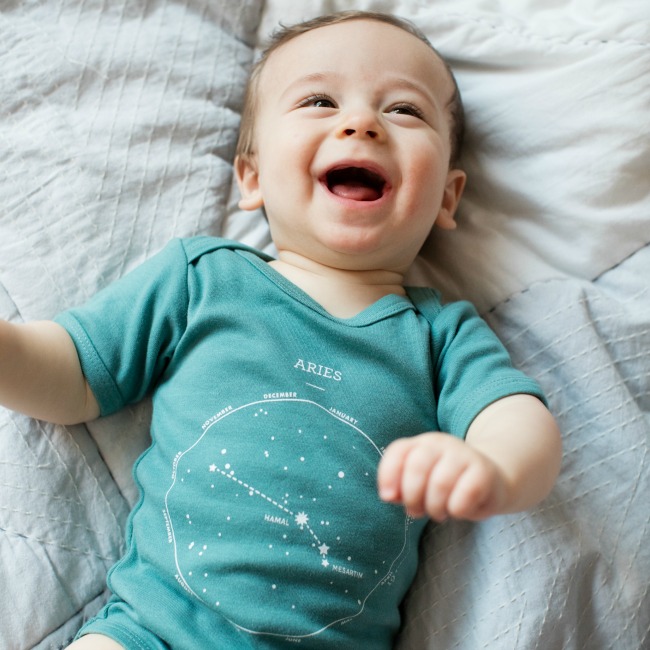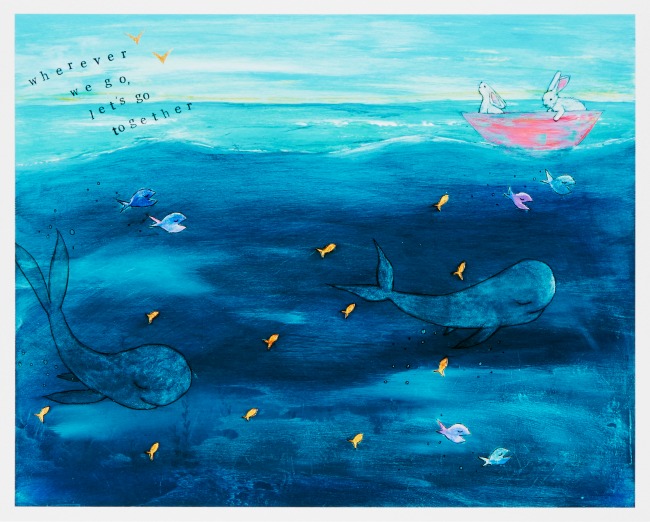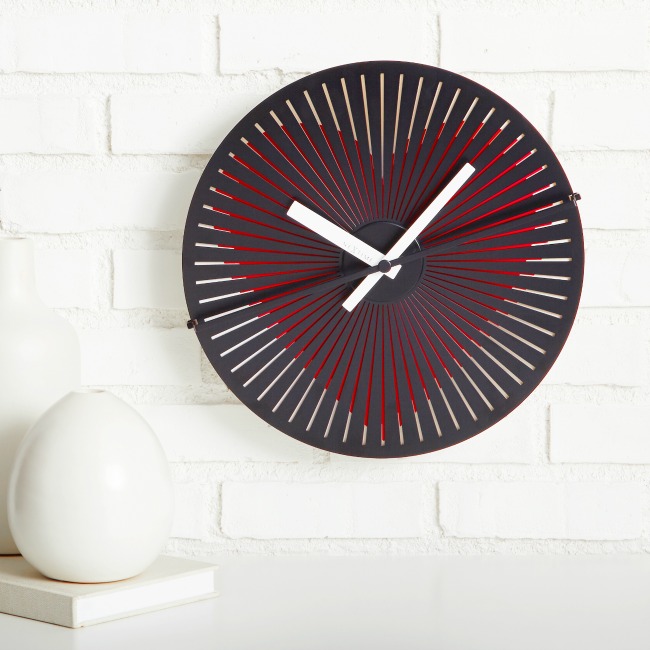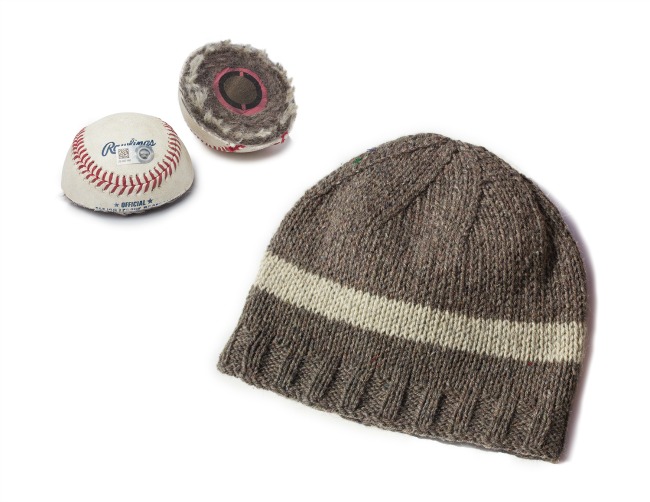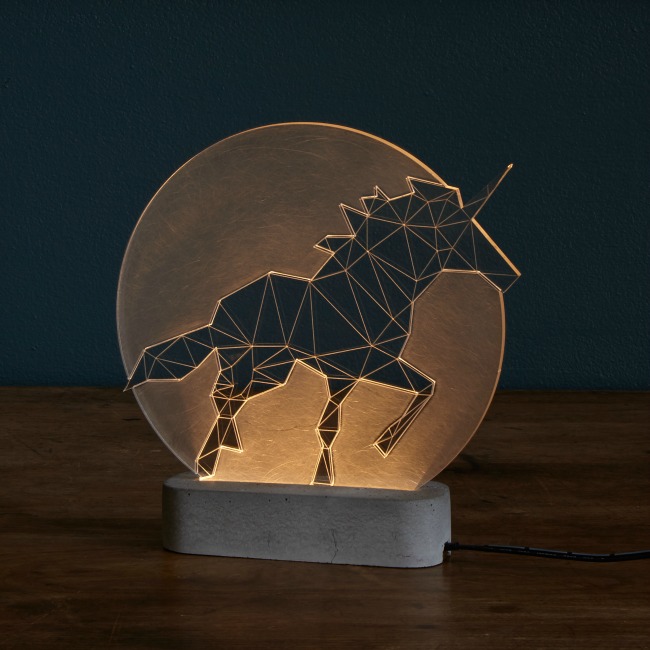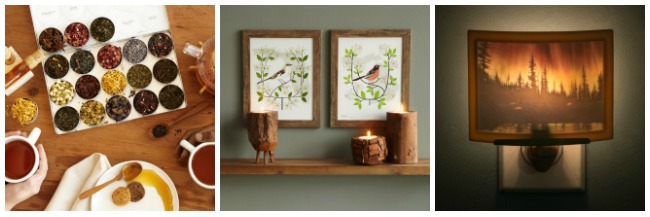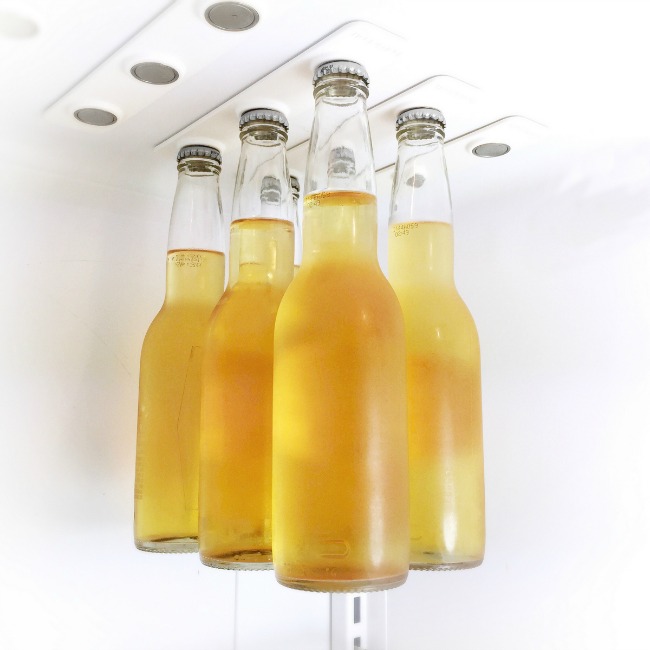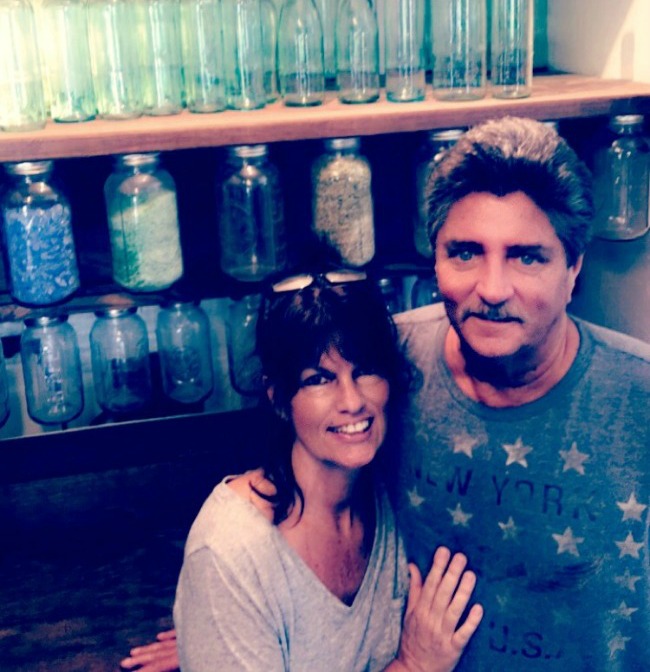First comes love…then comes marriage…then comes a below-average birth rate. With all the candlelight dinners, slow jams, and suggestive gifts, you’d reasonably assume that Valentine’s Days might lead to Valentine’s nights full of procreation, resulting in a surge of births nine months later (mid-November). Turns out that that time of year is a low point in birthday popularity. Several factors may counter Cupid’s arrows on February 14th, including the fertility-reducing factor of romantic holiday anxiety and natural cycles that discourage births right before the coldest months of the year. But of course, highly effective modern birth control methods also mean that celebrations of love don’t necessarily bring baby showers. So what’s the month that welcomes the most babies into the world? September, with the majority of statistical top-ten birthdays. Nine months before that? Mid to late December, meaning that mistletoe might be a more effective aphrodisiac than chocolate roses.
Zodiac Babysuit | $24

